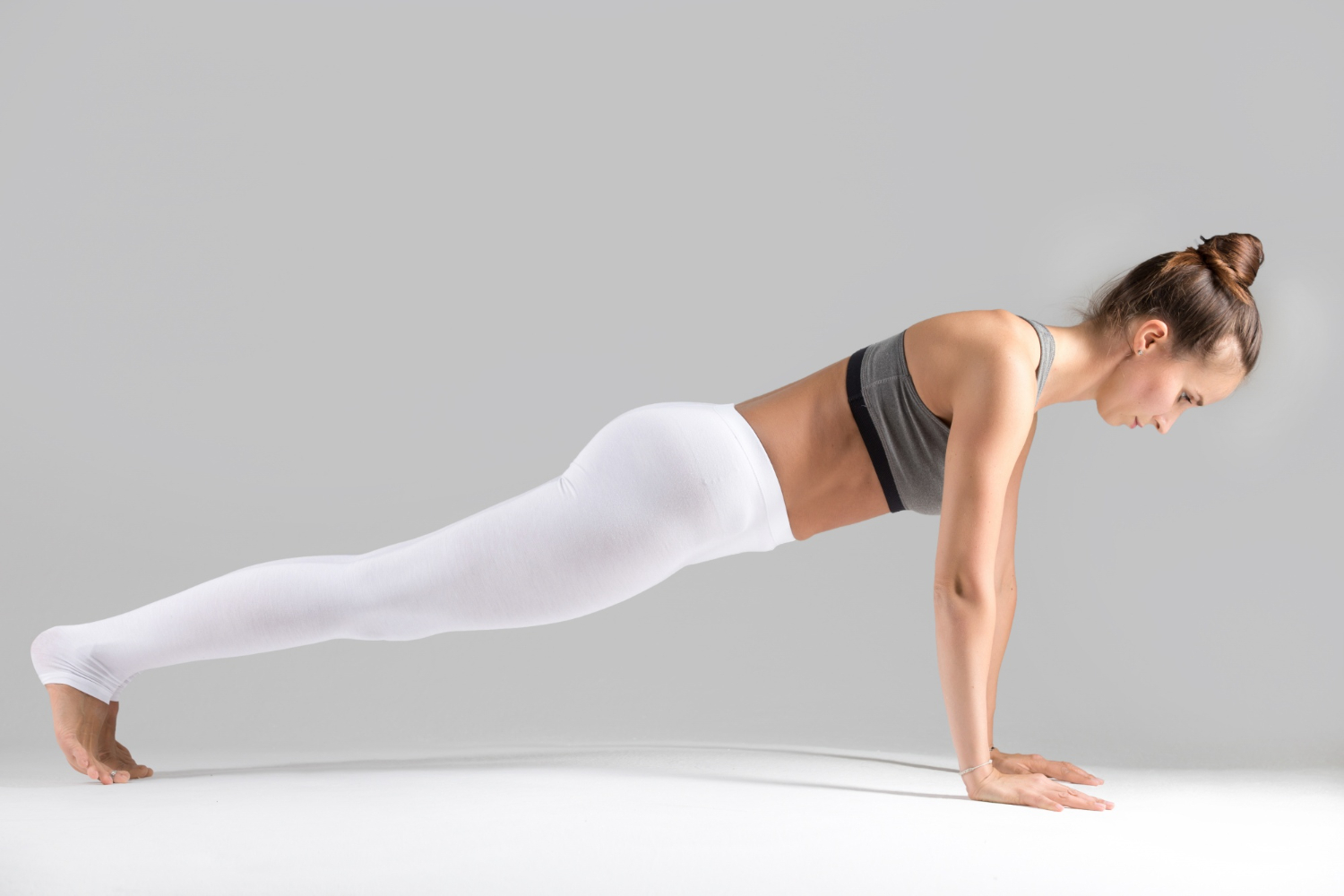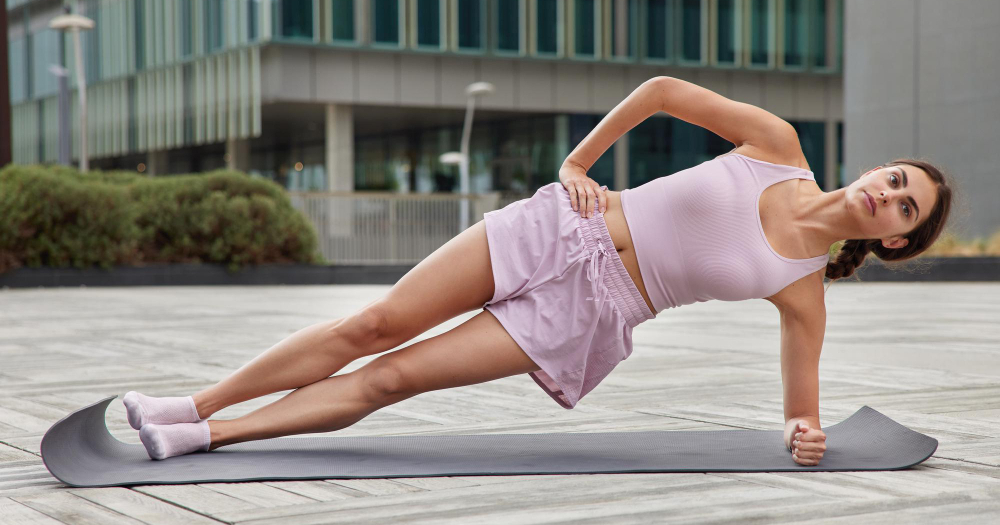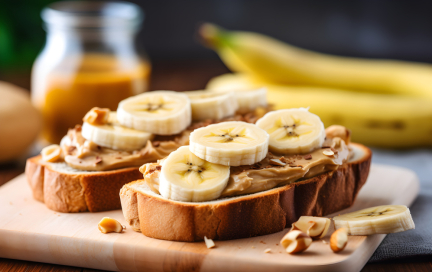{{ banner_block|raw }}
In this guide, we’ll break down what planks are, how to do them properly, what muscles they work, and whether they actually burn belly fat. You’ll also learn about common mistakes, plank variations, and tips to build a killer core routine. Let’s dive in.
What is a plank?
A plank is an isometric core exercise that involves holding your body in a straight line, supported by your forearms or hands and toes. It’s a static move — but don’t let that fool you. Holding a plank works your entire body, especially your core.

People often search “what are planks” or “planks exercise” because they’re curious about this seemingly simple move that’s everywhere — from yoga to HIIT. The truth? Planks are simple, but not easy — and when done right, they’re incredibly powerful.
Benefits of doing planks
Why are planks so popular? Here are just a few science-backed benefits:
Strengthen your core: Planks for abs are no joke. They activate the rectus abdominis, transverse abdominis, and obliques.
Improve posture: By strengthening the muscles that support your spine, planks help you stand taller and move better.
Reduce back pain: A strong core supports your lower back and may reduce pain from sitting or poor posture.
No equipment needed: You can do planks anywhere — at home, the gym, even your office.
Time-efficient: Even a 30-second plank can fire up your muscles.
And yes, we know you're wondering — do planks burn belly fat? While no exercise burns fat from a specific spot (sorry!), planks do increase core strength and support overall fat loss when combined with good nutrition and cardio.
Want help building a core-strengthening routine? 🏋️♀️ Try StarFit — your go-to platform for expert workouts and personalized programs. Get access today with 70% off and start planking the smart way.
Muscles worked during planks
When people ask “what muscles do planks work?” the answer is: more than you think.
Here’s a breakdown:
Core muscles: Rectus abdominis, transverse abdominis, internal and external obliques
Shoulders and chest: Deltoids and pectorals
Back: Erector spinae and lower trapezius
Legs and glutes: Quads, hamstrings, and gluteus maximus
That’s what makes the planks workout so effective — it hits nearly your entire body while focusing on core stability.
How to perform a proper plank
Follow these steps to nail your form:
Start on all fours. Place your forearms on the floor, elbows under shoulders.
Extend your legs behind you, resting on your toes.
Engage your core, squeeze your glutes, and keep your body in a straight line from head to heels.
Avoid sagging hips or lifting your butt.
Breathe steadily and hold.
Whether you're learning how to do planks or fine-tuning your form, proper alignment is key to getting results — and avoiding injury.
Common mistakes to avoid
Planks look easy — but it’s just as easy to do them wrong. Avoid these common errors:
Sagging hips — strains the lower back
Butt too high — reduces core engagement
Holding your breath — leads to tension and poor endurance
Looking up or down — strains the neck
Take a video of yourself or use a mirror to check your form. Better yet, follow along with guided videos on StarFit and get expert tips while you move.
Plank variations to challenge your core
Wondering about the types of planks? Once you’ve mastered the basic version, mix it up:
Forearm plank: The classic. Great for beginners.
Straight-arm plank: Adds shoulder activation.
Side plank: Targets the obliques.
Plank with leg lift: Adds glute work and instability.
Up-down planks: Alternate between forearms and hands.
Plank jacks: Add cardio by jumping feet in and out.
How long should you hold a plank?
It depends on your level. Here’s a general guide:
Beginner: 20–30 seconds
Intermediate: 45–60 seconds
Advanced: 90 seconds or more
Focus on perfect form instead of longer duration. It’s better to do three 30-second planks with great alignment than hold one sloppy plank for two minutes.
Tips for incorporating planks into your routine
Add planks to the end of your workout as a core finisher.
Try plank intervals: 30 seconds on, 30 seconds off, for 3–5 rounds.
Combine with strength training days to activate your core before lifting.
On busy days, do a quick planks workout circuit — 5 minutes is all you need.
And don’t forget — consistency is everything. Make it a habit, and you’ll see results faster than you think.
Final thoughts on plank exercises
Planks are one of the most efficient exercises you can do for your abs, core strength, and overall stability. They work multiple muscle groups, can be done anywhere, and offer countless variations to keep things interesting.
Still wondering do planks give you abs? The answer: they help — especially when paired with smart nutrition and regular training.
















